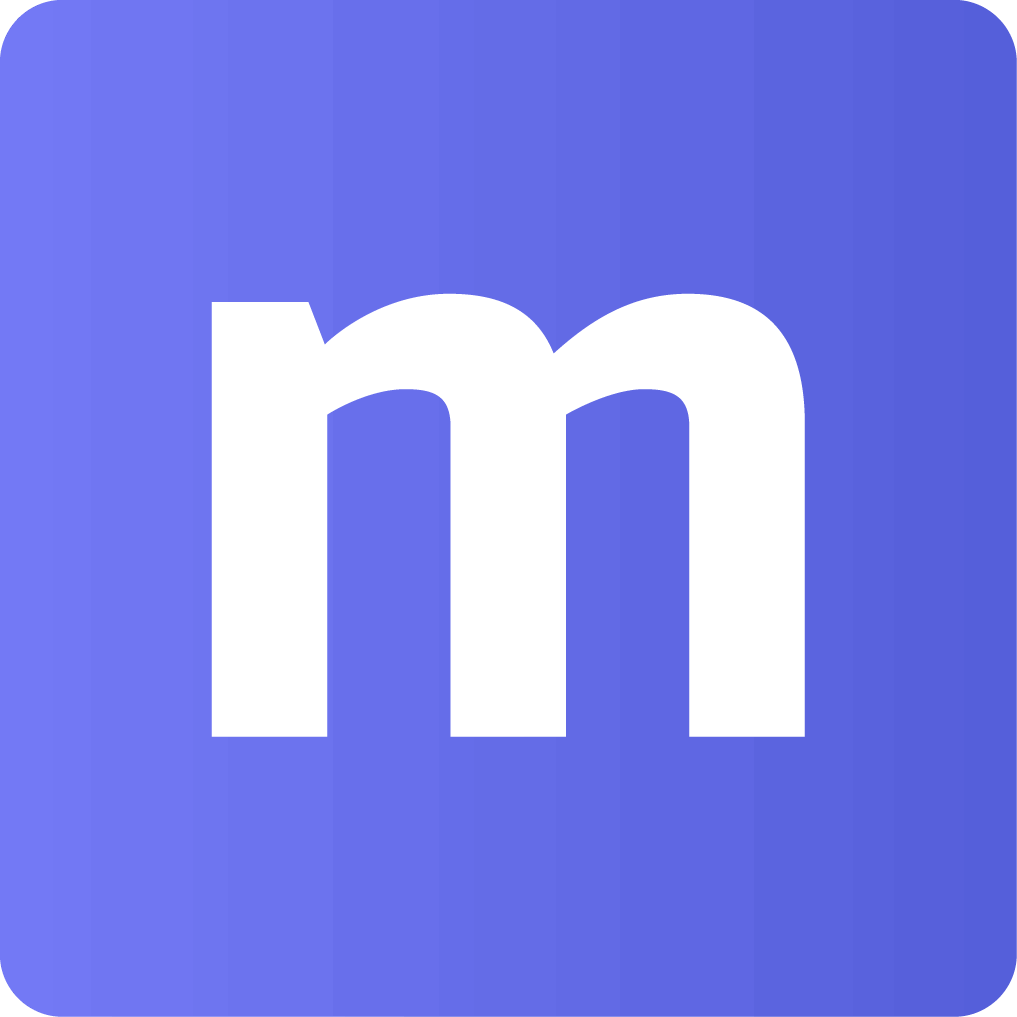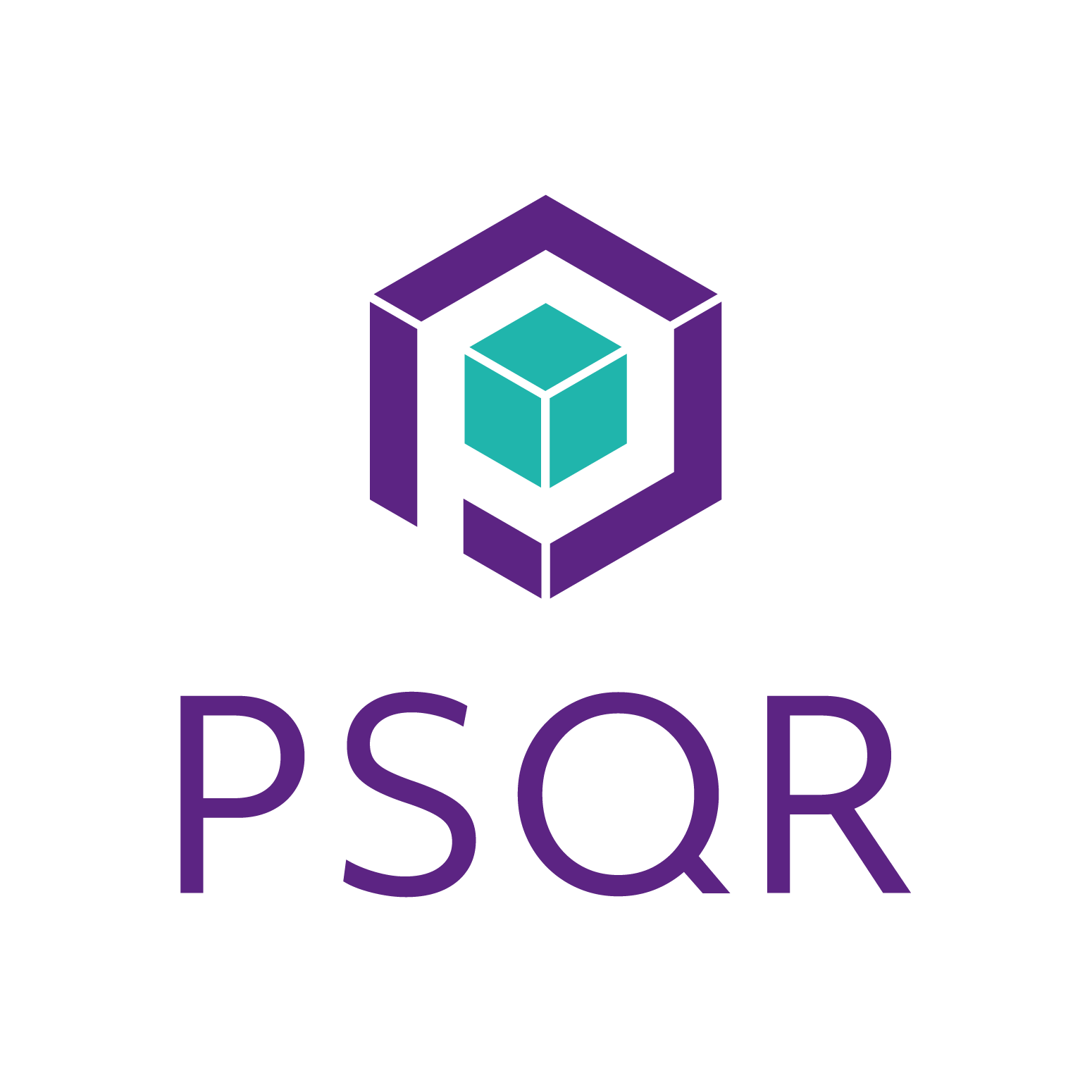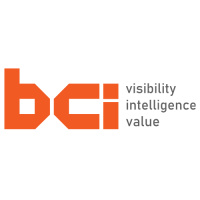Description

Multiorders

Saga Suite
Comprehensive Overview: Multiorders vs Saga Suite
Multiorders
a) Primary Functions and Target Markets:
-
Primary Functions: Multiorders is a multi-channel eCommerce management software designed to simplify and consolidate the operations of online retailers. Its core functionalities include order management, inventory management, shipping management, and analytics. It integrates with various sales channels like Amazon, eBay, Etsy, Shopify, and more, alongside shipping carriers like USPS, UPS, and FedEx, allowing retailers to streamline their processes.
-
Target Markets: Multiorders primarily targets small to medium-sized eCommerce businesses that operate across multiple platforms and need a centralized solution to manage inventory, orders, and shipping. It is ideal for businesses looking to save time and reduce the complexity of handling multiple sales channels independently.
b) Market Share and User Base:
- Multiorders has a growing presence in the eCommerce management space, particularly among small and mid-sized online retailers. Its market share is modest compared to giants like Shopify and Amazon’s suite of eCommerce management tools. However, its specific focus on multi-channel integration gives it a niche user base that values flexibility and streamlined operations.
c) Key Differentiating Factors:
-
Integration Capability: Multiorders excels in integrating multiple sales channels and shipping carriers, making it a strong choice for businesses looking for broad integration solutions without having to migrate fully to a new platform.
-
User-Friendly Interface: It offers a user-friendly dashboard that centralizes all operations, from inventory to shipping, enhancing ease of use for businesses that may not have dedicated IT support.
-
Affordable Pricing: Multiorders provides competitive pricing plans, particularly appealing to small businesses looking for cost-effective solutions without sacrificing essential functionalities.
Saga Suite
a) Primary Functions and Target Markets:
-
Primary Functions: Saga Suite is an enterprise-level business management software solution designed to offer a wide range of functionalities including ERP (Enterprise Resource Planning), CRM (Customer Relationship Management), and SCM (Supply Chain Management). It aims to improve overall business operations through automation and integrated systems.
-
Target Markets: Saga Suite targets medium to large enterprises that require robust and comprehensive software solutions to manage complex business processes and data across various departments.
b) Market Share and User Base:
- Saga Suite is positioned in the higher-tier market segment, competing with other established enterprise solutions like SAP and Oracle. Its market share is more prominent among larger corporations that require customizable and scalable solutions to fit specific business needs.
c) Key Differentiating Factors:
-
Comprehensive Solution: Saga Suite offers a wide range of features across multiple business areas (ERP, CRM, SCM, etc.), providing a one-stop solution for enterprises seeking to integrate their business processes under a single platform.
-
Customizability and Scalability: It allows for extensive customization and scalability, making it adaptable to the unique requirements of large businesses that anticipate growth or have complex operational needs.
-
Robust Analytics and Reporting: Saga Suite provides sophisticated analytics and reporting tools, enabling businesses to gain in-depth insights into their operations and make data-driven decisions.
Comparison Summary
-
Target Market: Multiorders targets small to medium online retailers focusing on ease of integration across sales and shipping platforms, whereas Saga Suite focuses on larger enterprises needing comprehensive management solutions.
-
Core Offering: Multiorders concentrates on eCommerce efficiency with strong channel and shipping integration, while Saga Suite offers a wide-ranging business management platform with ERP, CRM, and SCM functionalities.
-
Market Position: Multiorders holds a niche position in the small to mid-market segment, whereas Saga Suite is more established among large enterprises requiring extensive customization and scalability.
Both Multiorders and Saga Suite serve distinct market needs, offering solutions that cater to the size and complexity of businesses they aim to support.
Contact Info

Year founded :
2019
+44 113 314 3331
Not Available
Lithuania
http://www.linkedin.com/company/multiorders

Year founded :
Not Available
Not Available
Not Available
Not Available
Not Available
Feature Similarity Breakdown: Multiorders, Saga Suite
Sure, let's examine a feature similarity breakdown for Multiorders and Saga Suite, focusing on core features, user interfaces, and unique aspects.
a) Core Features in Common
Both Multiorders and Saga Suite are designed to facilitate business operations, particularly in inventory and order management. Here are the core features they typically have in common:
-
Inventory Management:
- Real-time tracking of stock levels across multiple sales channels.
- Automatic updates when products are sold, returned, or received.
-
Order Management:
- Centralized dashboard for handling orders from multiple marketplaces.
- Automation features for processing orders, such as picking, packing, and shipping.
-
Multi-channel Integration:
- Seamless connection to various e-commerce platforms (e.g., Amazon, eBay, Shopify).
- Synchronization of products, orders, and inventory across channels.
-
Shipping Management:
- Integration with major shipping carriers for label printing and tracking.
- Shipping rate comparisons to optimize costs.
-
Reporting and Analytics:
- Detailed reports on sales, inventory levels, and order metrics.
- Insights into business performance with customizable reports.
b) User Interface Comparison
-
Multiorders:
- Known for its user-friendly and intuitive interface.
- Dashboard design emphasizes simplicity, allowing easy navigation and quick access to core functions.
- Customizable views and reports to fit specific user needs, with drag-and-drop features.
-
Saga Suite:
- Typically offers a more robust and feature-rich dashboard, which might seem complex at first to new users.
- Provides advanced customization options, allowing users to tailor their workflow.
- Emphasizes visual analytics and detailed performance metrics on their interface.
c) Unique Features
-
Multiorders Unique Features:
- Focus on small to medium-sized businesses with competitive pricing and ease of use.
- Offers a simplified setup process, making it suitable for businesses looking to get started quickly with minimal configuration.
- Provides native integrations with a wide range of third-party applications, supporting flexibility.
-
Saga Suite Unique Features:
- Tailored more towards larger enterprises with scalable solutions to accommodate complexity and growth.
- Offers advanced automation features and customizable workflows that can handle complex business models.
- Includes extensive customer relationship management (CRM) capabilities, integrating customer data for enriched sales insights.
In summary, both Multiorders and Saga Suite provide comprehensive solutions for managing orders and inventory, catering to different scales of business needs. Multiorders stands out for its simplicity and accessibility, while Saga Suite offers extensive customization and scalability for more complex operations.
Features

Not Available

Not Available
Best Fit Use Cases: Multiorders, Saga Suite
Multiorders and Saga Suite are both tools designed to streamline business processes, though they cater to somewhat different use cases and business needs. Let's examine each product and its best-fit scenarios:
Multiorders
a) For what types of businesses or projects is Multiorders the best choice?
-
E-commerce Businesses: Multiorders excels for e-commerce businesses, particularly those that operate across multiple platforms like Amazon, eBay, Shopify, and Etsy. It provides centralized inventory management, order processing, and shipping, making it ideal for businesses seeking efficiency in multi-channel sales.
-
Small to Medium-sized Enterprises (SMEs): SMEs that require affordable and scalable solutions to manage their ordering and inventory process can benefit from Multiorders. Its user-friendly interface and competitive pricing model cater well to businesses that need robust features without enterprise-level complexity.
-
Retail Businesses: Retailers with both online and brick-and-mortar stores can use Multiorders to synchronize inventory across channels, preventing over-selling and stockouts.
-
Regional and Global Sellers: Businesses selling both nationally and internationally can leverage Multiorders' shipping integrations and currency management tools, streamlining processes for global commerce.
Saga Suite
b) In what scenarios would Saga Suite be the preferred option?
-
Complex Large-Scale Enterprises: Saga Suite typically addresses more complex and larger enterprises that require a comprehensive approach to process management. It is suitable for organizations with intricate workflow that need a flexible solution to manage diverse business processes.
-
Industries Requiring Compliance and Security: For industries such as finance, healthcare, and telecom, necessitating stringent compliance and security protocols, Saga Suite’s robust process management and security features are ideal. Its ability to handle complex operations with traceability makes it a good fit for these sectors.
-
Process-oriented Businesses: Companies that are heavily process-driven, like manufacturing, logistics, or business process outsourcing (BPO), may find Saga Suite more suitable due to its emphasis on workflow automation and process optimization.
-
Customizable Workflow Needs: Organizations that require highly customizable workflows and tailored process solutions will find Saga Suite beneficial, as it can be adapted to specific business needs and operational nuances.
Catering to Different Industry Verticals or Company Sizes
Multiorders:
-
Industry Vertical Fit: Best for retail, fashion, consumer electronics, and other sectors heavily invested in e-commerce.
-
Company Size Fit: Small to medium-sized companies, as well as growing businesses scaling up their e-commerce operations.
Saga Suite:
-
Industry Vertical Fit: Best suited for industries like finance, healthcare, logistics, manufacturing, and telecommunications where process optimization is critical.
-
Company Size Fit: Large enterprises and complex mediums with diverse departments and integrated systems.
In summary, Multiorders is a go-to for businesses looking to unify their sales channels and efficiently manage inventory and orders, particularly in retail and e-commerce. Saga Suite, on the other hand, serves more complex organizational structures with comprehensive workflow automation needs, ideal for industries where process management is vital for operation continuity and compliance.
Pricing

Pricing Not Available

Pricing Not Available
Metrics History
Metrics History
Comparing undefined across companies
Conclusion & Final Verdict: Multiorders vs Saga Suite
To arrive at a comprehensive conclusion and final verdict for Multiorders and Saga Suite, it is important to weigh the overall value each product provides, along with assessing their pros and cons. Let's break it down:
a) Best Overall Value:
When determining the best overall value between Multiorders and Saga Suite, users need to consider factors such as pricing, features, scalability, ease of use, and customer support. While both platforms offer robust functionalities, the best value often depends on the specific needs of the business.
-
Multiorders is likely to be more valuable for small to medium-sized businesses that require a straightforward, user-friendly solution primarily for order and inventory management. Its competitive pricing and integration capabilities with multiple sales channels make it worthwhile for businesses looking primarily at ecommerce solutions with streamlined operations.
-
Saga Suite, on the other hand, may offer better value for larger enterprises or those needing more complex enterprise resource planning. Its extensive range of modules (including finance, HR, supply chain management) caters to businesses requiring a holistic business operations platform.
b) Pros and Cons:
Multiorders:
-
Pros:
- Intuitive interface with easy setup
- Strong multi-channel integration capabilities
- Affordable pricing, suited for smaller businesses
- Real-time inventory syncing and management
-
Cons:
- Limited advanced features compared to a more comprehensive ERP system
- May lack scalability for very large businesses or those with complex operations
Saga Suite:
-
Pros:
- Comprehensive ERP solutions with extensive features
- Strong analytics and reporting capabilities
- Scalability to handle enterprise-level operations
- Versatile functionality across various business departments
-
Cons:
- Steeper learning curve due to its complex feature set
- Higher pricing which might not be feasible for smaller businesses
- Potential overkill for businesses focused solely on core ecommerce needs
c) Recommendations:
For users trying to decide between Multiorders and Saga Suite, here are some recommendations:
-
Consider your business size and complexity: If you operate a small to medium-sized enterprise focused primarily on ecommerce, Multiorders might be the most efficient and budget-friendly choice. For larger businesses needing comprehensive solutions across multiple departments, Saga Suite might be more fitting.
-
Evaluate integration needs: If integration with specific sales platforms or systems (such as Amazon, eBay, Shopify, etc.) is crucial, verify which platform offers the best connections.
-
Analyze resource capabilities: Consider the resources available for implementation and training. Multiorders offers a simpler setup, while Saga Suite might require more time and technical investment.
-
Future growth plans: Align your decision with your long-term business strategy. Choose the platform that accommodates current needs while offering room for scalability.
In conclusion, the decision between Multiorders and Saga Suite ultimately hinges on the specific requirements and strategic objectives of the business. Multiorders is ideal for those seeking straightforward, cost-effective ecommerce solutions, while Saga Suite offers comprehensive ERP capabilities for businesses operating on a larger scale.
Add to compare
Add similar companies



